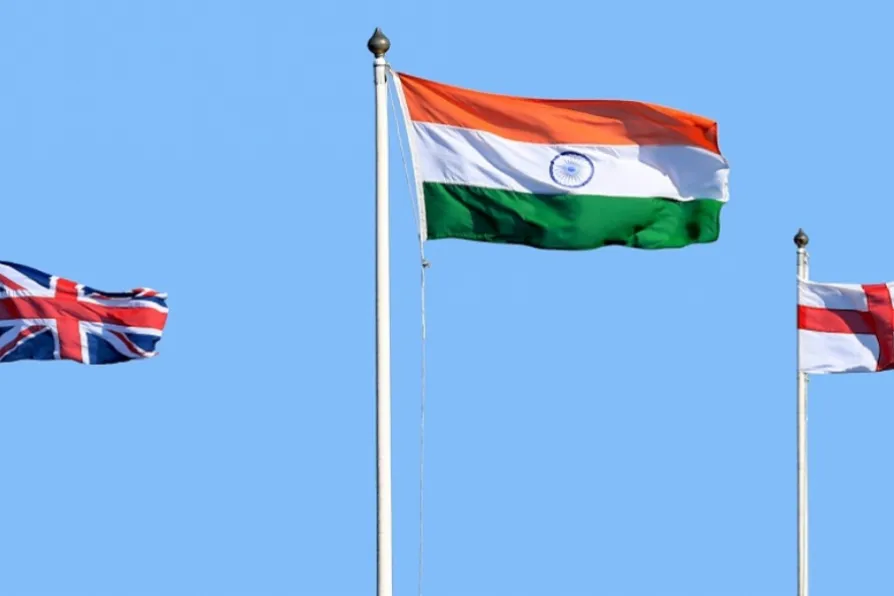
 General view of India, Great Britain and England flags flying at the Kia Oval
General view of India, Great Britain and England flags flying at the Kia Oval
THE current series between England and India is one of two to be played over five matches, the other being the Ashes. When you consider tradition, economic potential and the contemporary strength of the sides, it represents the closest thing we have to a superpower struggle in cricket.
Yet, in all reality, the present contest represents a nation on the rise and one in decline — if not freefall — and as the once dominant economic power was able to assert its blueprint of cricket on those who played the sport, the usurper now sits in a position to heavily influence its future direction.
If Lord’s is still considered by sentimentalists as the spiritual home of cricket, it is no longer regarded so by pragmatists as the administrative centre.

JON GEMMELL presents his annual review of ’the bible of cricket,’ which provides insight into the sport, and its social, economic and political setting

DOUG NICHOLLS argues that to promote the aspirations for peace and socialism that defeated the Nazis 80 years ago we must today detach ourselves from the United States and assert the importance of national self-determination and peaceful coexistence












